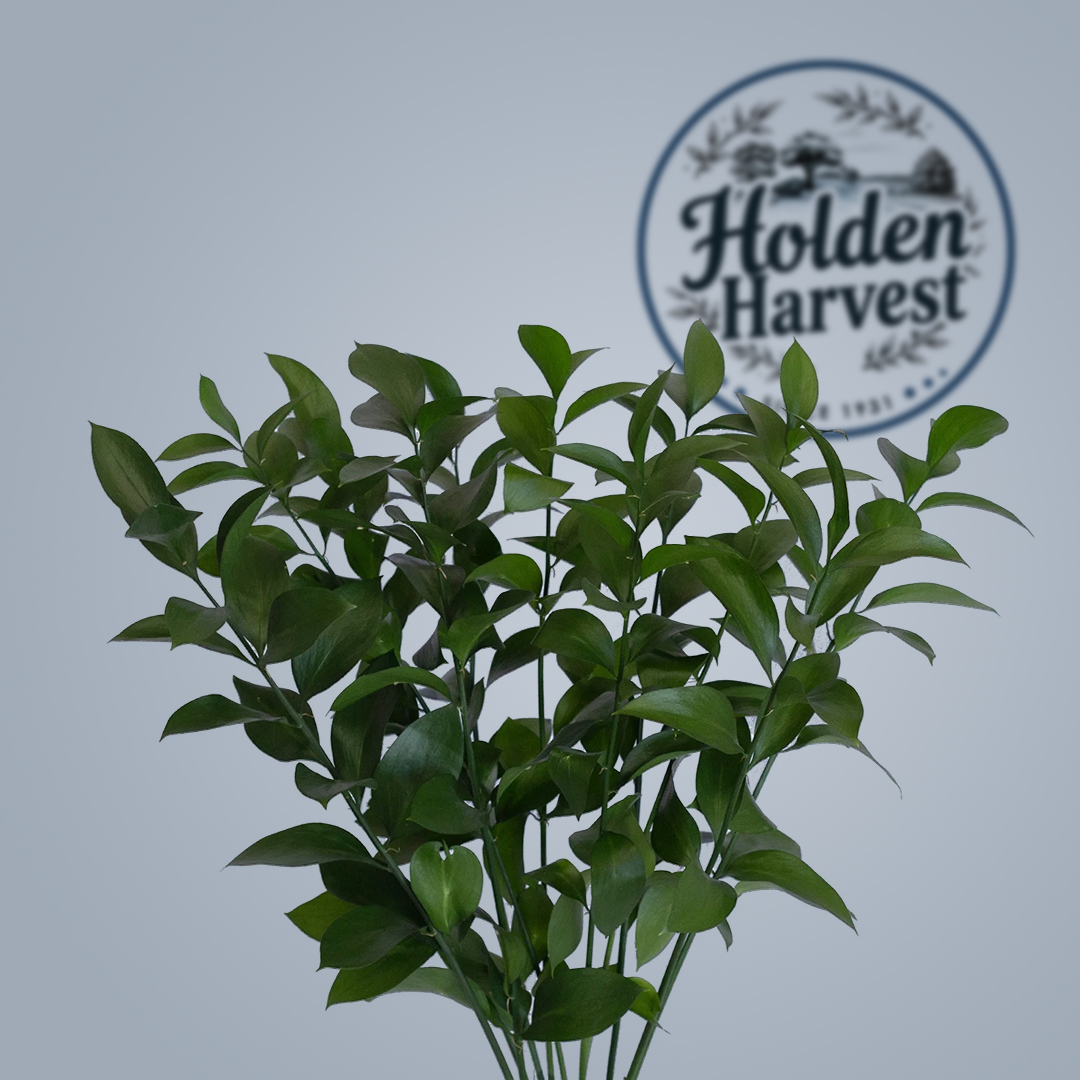Alstroemeria leaves are glossy, lance-shaped, and uniquely twist upside-down as they grow, a process called resupination. Their vibrant green color enhances the beauty of this long-lasting ornamental plant.
Alstroemeria, also known as the Peruvian Lily, is a beautiful flowering plant. Its leaves are lance-shaped and grow in a unique twisting pattern. These leaves add to the plant’s exotic appeal.

Alstroemeria leaves contain natural antioxidants that help fight free radicals. They support overall health and may aid in reducing inflammation.
These leaves have mild antibacterial properties. They can help strengthen the immune system when used in herbal preparations.
The plant’s extracts are sometimes used in skincare for their calming effects. They may help soothe irritated skin and minor wounds.
While mainly valued for its flowers, Alstroemeria leaves enhance the beauty of floral arrangements. They add texture and a fresh, green contrast.
These plants thrive in gardens and bring a tropical feel. Their vibrant foliage makes them a favorite among landscapers.
In some cultures, Alstroemeria leaves are used in herbal infusions. They are believed to have mild medicinal benefits.
Alstroemeria plants prefer well-drained soil and moderate watering. They thrive in partial sunlight and need occasional pruning to promote growth.

Conclusion
Alstroemeria leaves contribute to the plant’s beauty and potential health benefits. Whether used in floral design, gardening, or herbal remedies, they are a valuable part of this stunning plant.
1. Can Alstroemeria leaves be eaten?
No, they are not commonly consumed and may cause irritation if ingested.
2. How long do Alstroemeria leaves last in bouquets?
They remain fresh for up to two weeks with proper care.
3. Do Alstroemeria leaves require special care?
They need regular watering, well-drained soil, and occasional pruning for healthy growth.